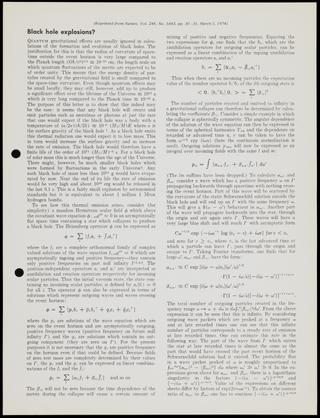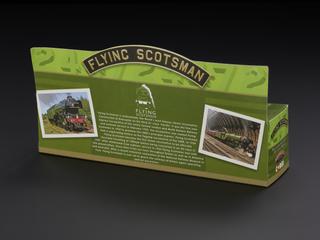
Analogue signal processor ('Blink') for Hawking's cheek movement detector, without enclosure
- maker:
- Intel Corporation

Intel lab circuit board.
These are the circuit boards that process the signal from the infrared sensors that were on Stephen Hawking's eyeglasses to detect the movement from his cheek. Starting in the mid-2000s, when it became too difficult for Hawking to operate hand clickers, his team tried several alternatives, eventually deciding for a cheek movement sensor. Part of this system they called a 'blink': the electronic board that processes the sensor signal and sends the outcome to Hawking's computers.
Over the years, the commercial system first adopted got improvements from Hawking's team. Later, Stephen Hawking asked his friend and Intel founder Gordon Moore for help improving his communication systems. One of the approaches by Intel was to improve on the analogue signal processor and prototypes that had been made in-house, and produce stabler, serialzed versions. Later, they improved further from analogue to digital signal processing.
The collection includes several such systems, from different stages of development. Many of them are in Intel-branded cases. But the collection also includes several 'naked' circuit boards of both protorypes and serially produced version. Among these are two serially produced analogue 'blinks' seen here.
Details
- Category:
- Stephen Hawking Office
- Collection:
- Stephen Hawking’s Office
- Object Number:
- 2021-561/572
- Materials:
- plastic (unidentified), metal (unknown) and solder
- Measurements:
-
overall: 20 mm x 93 mm x 65 mm, .045 kg
- type:
- circuit board
- credit:
- Accepted in lieu of Inheritance Tax by H M Government from the Estate of Stephen Hawking and allocated to the Science Museum, 2021




